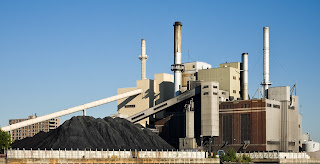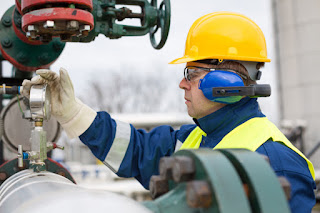Hydrostatic pressure, or head pressure, is the force produced by a column of material. As the height of the material changes, there is proportional change in pressure. To calculate hydrostatic pressure, the density of the material is multiplied by the height of the column. The level of fluid in a column can be determined by dividing the pressure value by the density of the material.
To find pressure in a column of water, a gauge placed at the bottom of the vessel. With the water having a density of 0.0361 pounds per cubic inch, the level of the fluid is calculated by dividing the head pressure by the density of the fluid.
An example to determine the level measurement of a column of water that is 2 feet tall in diameter of 0.5 feet is solved by the following steps. The first step is measuring the weight of the vessel. Next measure the weight of the vessel with fluid. The weight of the fluid is determined by subtracting the weight of the vessel from the weight of the vessel with fluid. The volume of the fluid is then derived by dividing the fluid weight by the density of the fluid. The level of the fluid is finally calculated by dividing the volume of the fluid by the surface area.
Hydrostatic pressure can only be calculated from an open container. Within a closed vessel, or pressurized vessel, the vapor space above the column of material adds pressure, and results in inaccurate calculated values. The vessel pressure can be compensated for by using a differential pressure transmitter. This device has a high pressure side input and a low pressure side input. The high-pressure input is connected to the bottom of the tank to measure hydrostatic pressure. The low-pressure input of the differential pressure transducer is connected to the vapor space pressure. The transducer subtracts the vapor pressure from the high-pressure. Resulting is a value that represents the hydrostatic head proportional to the liquid level.










